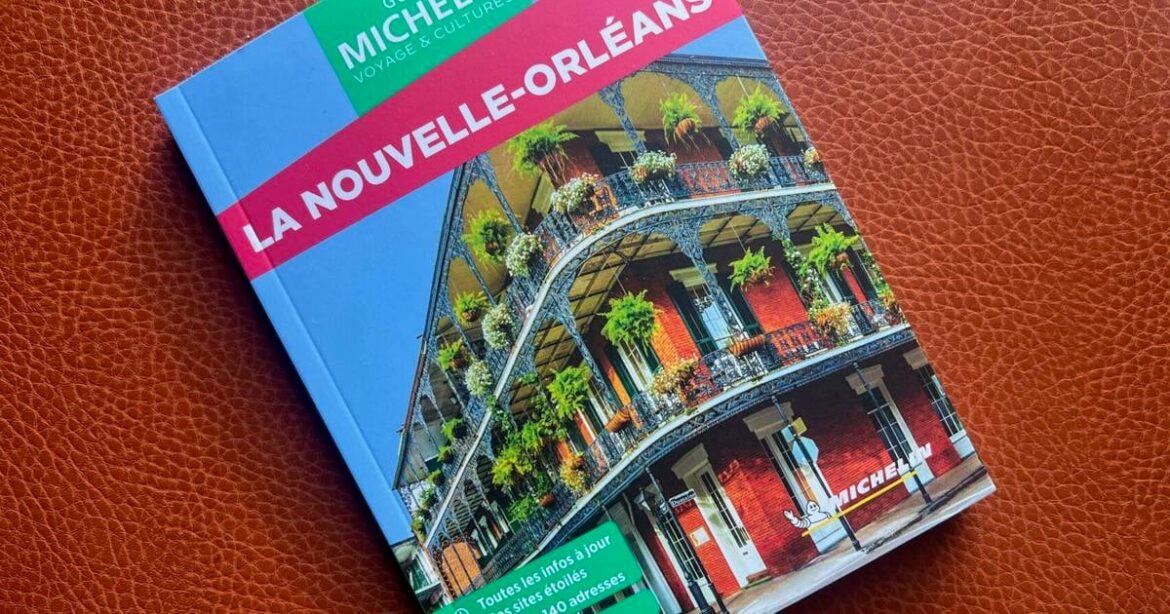Michelin, publisher of the famed French restaurant guide, has finally turned its eyes to Southern cuisine, and we welcome the attention it is sure to bring to our state’s vibrant food scene. The Michelin Guide American South, which debuted Monday, covers the six-state region of Louisiana, Mississippi, Alabama, South Carolina, North Carolina and Tennessee in addition to metro Atlanta.
Naturally, we believe our unique culinary heritage in Louisiana — influenced by French, Spanish, African and Native American sources — puts us in a class all by ourselves. But a Michelin star is indisputably one of the most coveted prizes in the global restaurant industry, and chefs here aren’t afraid to be judged by any yardstick. The inaugural awards for the American South recognized several Louisiana standouts. It’s no surprise that New Orleans is home to the only two-star restaurant in the region: Emeril’s, founded by celebrity chef Emeril Lagasse.
Now headed by his son, chef E.J. Lagasse, the restaurant was described by Michelin as “bringing contemporary refinement and vibrant originality to the fore.” E.J. Lagasse was also honored with the Young Chef award.
The city is also home to two restaurants that received one star: Saint-Germain and Zasu.
In addition to stars, Michelin also gives awards to a wide range of restaurants worthy of public notice. Its “Bib Gourmand” designation recognizes eateries that serve tasty food at good value, something we in Louisiana excel at. Eleven New Orleans restaurants were awarded this honor. Another 18 restaurants in New Orleans and two in Baton Rouge were listed as recommended by Michelin.
A Michelin star no doubt represents the hard work and dedication it takes to be the best, but its value to a restaurant is also tangible. There’s a noticeable spike in reservations and interest once the awards are made public. Our restaurant industry has faced a turbulent time in recent months, especially in New Orleans, where spring saw several restaurants close rather than face the typically slow summer season. If the Michelin Guide can ignite excitement about all that we have to offer, we are all for it.
But while Michelin may have its stars, we here each have our own finely chosen culinary constellation, made up of the places that honor the tastes and time-honored traditions we first encountered in our grandmothers’ kitchens. So when you ask 10 different locals what’s the best place to eat, you’ll probably get 10 different answers. And in Louisiana, they’ll all be right.
So, Michelin, we wish you well. You obviously did your job with the utmost professionalism. But the most important guide to Louisiana food probably can’t be found in any one book. Our guides are more likely to be seen at boucheries and crawfish boils, festivals and fish fries, or presiding over tables in the French Quarter and rural plate lunch spots — any place there’s a deep appreciation for what makes our cuisine special.


Dining and Cooking